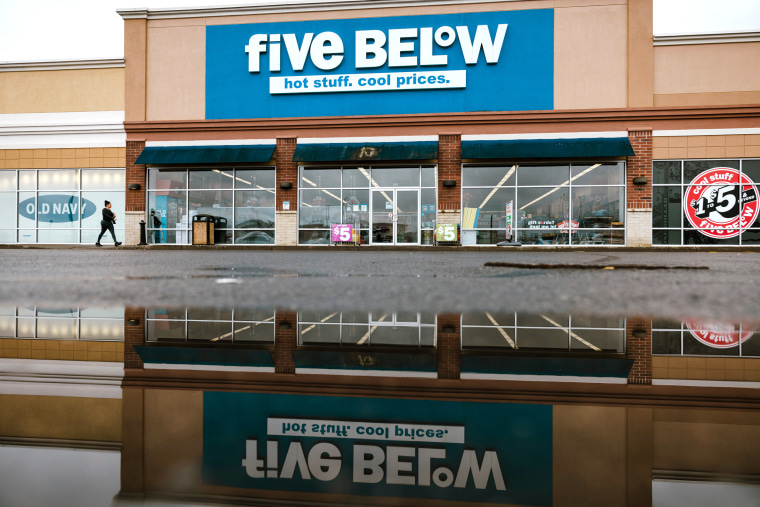In the rapidly evolving landscape of retail, major players are constantly seeking innovative ways to enhance customer experience and streamline operations. One significant trend that has been gaining momentum in recent years is the adoption of self-checkout systems. These automated kiosks allow customers to scan and pay for their purchases without the need for human cashiers, promising greater convenience and efficiency. However, despite their initial popularity, some major retailers are now backtracking on self-checkout amid a growing realization of the downsides associated with these systems.
One of the primary concerns that retailers are grappling with is the impact of self-checkout on the overall shopping experience. While the technology was initially hailed as a way to reduce wait times and offer greater convenience to customers, many retailers have found that self-checkout can actually lead to frustration and dissatisfaction. Customers who encounter technical glitches or struggle with the scanning process may feel overwhelmed and stressed, resulting in a less enjoyable shopping trip. In addition, the lack of human interaction at self-checkout stands in stark contrast to the personalized service that many customers value, potentially eroding brand loyalty and reducing the likelihood of repeat business.
Moreover, the push towards self-checkout has raised questions about the implications for the retail workforce. While proponents of the technology argue that self-checkout can free up employees to focus on more valuable tasks, such as assisting customers and restocking shelves, critics point to the potential loss of jobs as automated systems take over traditional cashier roles. In an era of increasing automation and digitalization, the human element of retail – which has long been a cornerstone of the industry – is at risk of being diminished, with far-reaching consequences for both employees and the broader community.
In response to these concerns, some major retailers are now reevaluating their approach to self-checkout and exploring alternative strategies to improve the customer experience. For example, some companies are investing in enhanced training for employees to ensure that they are equipped to provide exceptional service and support to customers. By empowering staff to engage with shoppers, answer questions, and offer assistance, retailers can create a more personalized and welcoming environment that sets them apart from the competition.
Additionally, retailers are experimenting with hybrid models that combine the convenience of self-checkout with the human touch of traditional cashier services. These hybrid solutions seek to strike a balance between efficiency and customer engagement, offering shoppers the option to choose the checkout experience that best suits their preferences. By catering to a diverse range of needs and preferences, retailers can deliver a more tailored and satisfying shopping experience that drives customer loyalty and satisfaction.
In conclusion, while self-checkout systems have been heralded as a game-changer for the retail industry, their widespread adoption has raised important questions about the impact on customer experience, employee jobs, and the overall shopping environment. As major retailers reconsider the role of self-checkout in their stores, they must carefully weigh the benefits and drawbacks of the technology and prioritize the human element that has long been central to the success of retail. By striking a balance between automation and personal interaction, retailers can create a shopping experience that is both efficient and engaging, driving long-term success in an increasingly competitive market.
